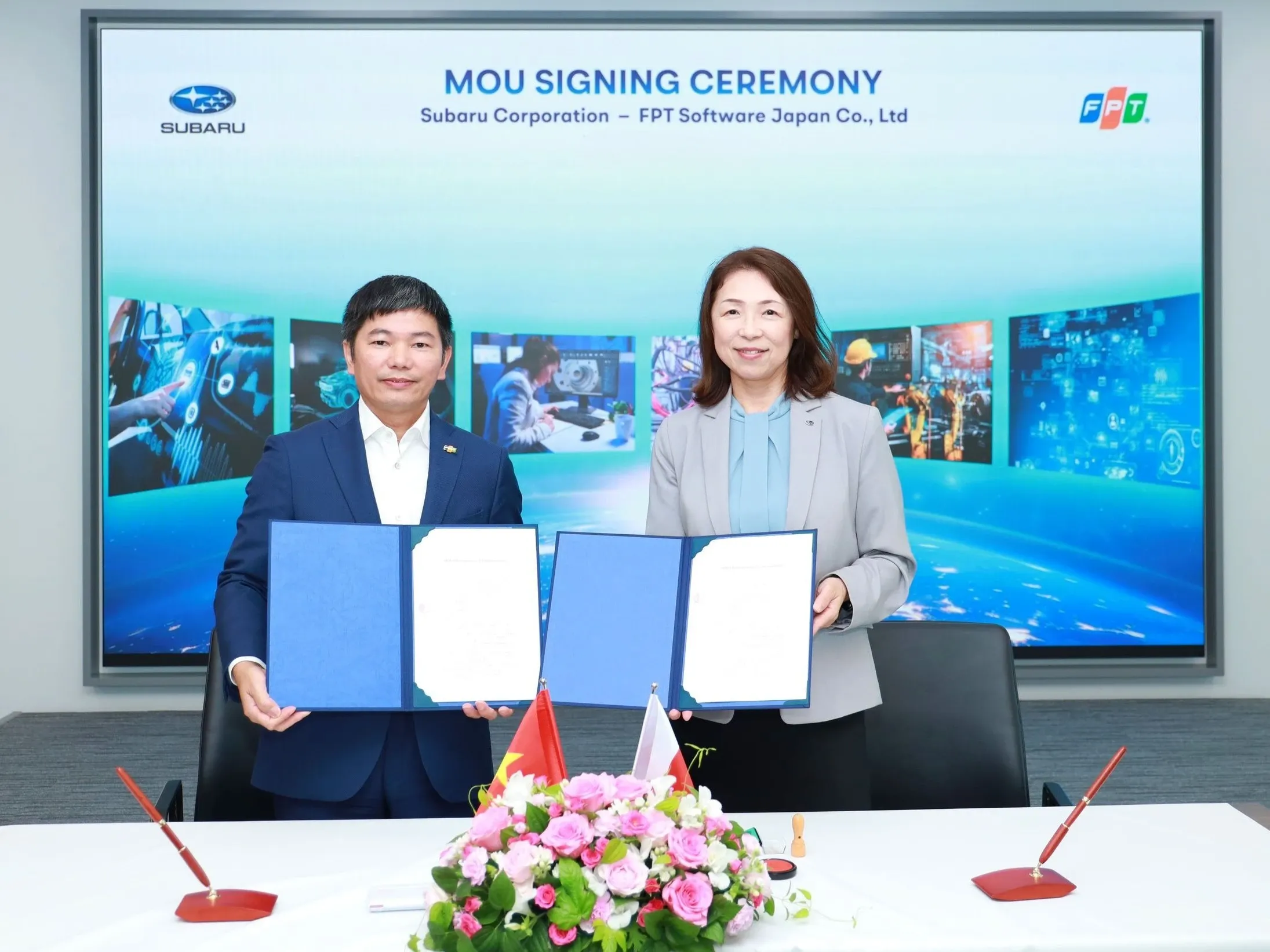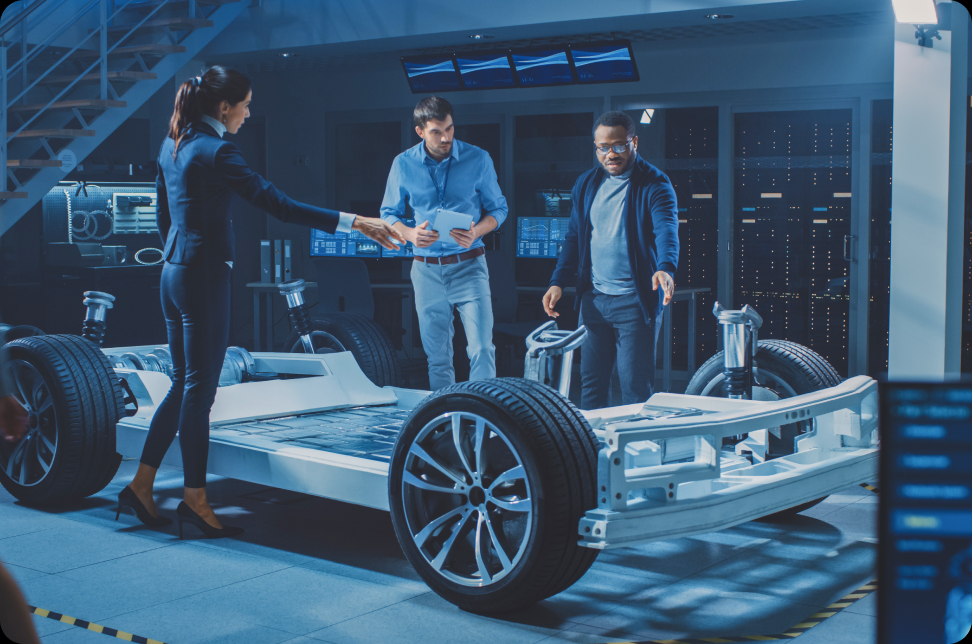

SDV at the forefront of automotive engineering innovation
27-04-2024

<p><font color="#ffffff"><span style="font-family: "Segoe UI";"></span><span style="font-family: "Segoe UI";"><span style="font-weight: bolder;">As vehicles grow increasingly complex and software-based, a new sort of engineering expertise is required. By Megan Lampinen</span></span></font></p><p><span style="font-family: "Segoe UI";"><font color="#ffffff"><br></font></span></p><p><span style="font-family: "Segoe UI";"><font color="#ffffff">The software-defined vehicle (SDV) is more than just a buzzword; it’s now a mission statement by automakers determined to remain relevant in the emergence of a smart mobility ecosystem. A whole new rulebook is required as vehicles move from static, predominately hardware-based machines to ever-evolving software-centric electronic devices. This unchartered landscape demands new skills, business models and go-to-market strategies, and that’s where FPT Automotive comes in. Launched in December 2023 as a subsidiary of FPT Software, its stated aim is the acceleration of SDV development. With expertise in infotainment, electronic control units (ECU), functional safety, security, automotive UI/UX design, wireless connectivity, and digital engineering, the newcomer counts such big names as Hyundai, Honda, Volvo, and VinFast among its partners. As FPT Automotive Chief Executive Nguyen Duc Kinh tells Automotive World, “The magnitude of the SDV’s impact is undeniable, positioning it at the forefront of automotive innovation.”</font></span></p><p><span style="font-family: "Segoe UI";"><font color="#ffffff"><br></font></span></p><p><font color="#ffffff"><span style="font-family: "Segoe UI";"><span style="font-weight: bolder;">What does the SDV mean to FPT Automotive?</span></span><span style="font-family: "Segoe UI";"><br></span><span style="font-family: "Segoe UI";">An SDV refers to a vehicle that has features and functions primarily driven by software, shifting from mechanical systems to a different architectural approach, enabling fundamental over-the-air (OTA) software updates throughout the vehicle’s lifecycle. The realisation of SDVs also aligns with lower development costs, shorter prototyping periods, and increased scalability.</span></font></p><p><span style="font-family: "Segoe UI";"><font color="#ffffff"><br></font></span></p><p><font color="#ffffff"><span style="font-weight: bolder;"><span style="font-family: "Segoe UI";">What trends are behind its emergence?</span></span><span style="font-family: "Segoe UI";"><br></span><span style="font-family: "Segoe UI";">Tech trends like artificial intelligence (AI), machine learning, and AR/VR are gaining traction, making vehicles smarter, more efficient, human-centric, and adaptable to fast-changing consumer expectations. Along with the rapid adoption of new technologies, there is also a growing emphasis on cyber security and safety standards.</span> </font></p><p><font color="#ffffff"><br></font></p><p><img src="https://imagemaaz2023.blob.core.windows.net/images/sdv-at-the-forefront-of-automotive.png" style="width: 727px; display: block; margin-right: auto; margin-left: auto;"><font color="#ffffff"><span style="font-family: "Segoe UI";"></span></font></p><div style="text-align: center;"><span style="font-size: 1rem;"><font color="#ffffff">Software plays a centralrole in vehicle design,manufacturing, and functionality</font></span></div><div style="text-align: center;"><span style="font-size: 1rem;"><font color="#ffffff"><br></font></span></div><div><span style="font-family: "Segoe UI";"><span style="font-weight: bolder;"><font color="#ffffff">What foundational technologies underpin the SDV?</font></span></span></div><div><span style="font-family: "Segoe UI";"><font color="#ffffff">IoT and cloud computing have been a cornerstone of the industry transformation. As vehicles are increasingly connected and autonomous, the automotive cloud platform provides a solid foundation for building automotive software features and products. It enables the concept of seamless connectivity, where vehicles are always connected to the internet with real-time data updates, as well as OTA upgrades to keep vehicles up to date with the newest and most stable version of firmware and software. This, in turn, empowers future cars with enhanced performance, progressive personalisation, and advanced safety and security.</font></span></div><div><font color="#ffffff"><span style="font-family: "Segoe UI";">Another revolutionary force in the industry is the digital twin. By simulating an object or system spanning its lifecycle, OMEs and Tier 1s can promptly gain more insights and high-fidelity data in real-time to optimise their decision-making in vehicle design and manufacturing. </span><span style="font-family: "Segoe UI";"><span style="font-weight: bolder;"><br></span></span></font></div><div><font color="#ffffff"><span style="font-family: "Segoe UI";"><span style="font-weight: bolder;"><br></span></span><span style="font-weight: bolder;"><span style="font-family: "Segoe UI";">Can you flag some particularly significant or exciting milestones in this journey towards the SDV so far?</span></span><span style="font-family: "Segoe UI";"> </span></font></div><div><span style="font-family: "Segoe UI";"><font color="#ffffff">At the moment, the most notable game changer for the industry is the virtual ECU (V-ECU), divided into five levels based on the complexity of the corresponding simulations and tests, as well as how close they are to the actual ECU. By mimicking the functionality of the physical ECU, engineers can now use a virtual ECU to test whether newly developed features work in a real-world simulation, allowing software to be launched early before hardware such as actual ECUs and test benches are available. This saves OEMs time and resources on physical prototypes and testing while enabling effective system testing by reproducing defects and advanced debugging. Additionally, it supports functional safety and security verification using fault injection, which is challenging to do on actual machines.</font></span></div><div><span style="font-family: "Segoe UI";"><font color="#ffffff"><br></font></span></div><div><font color="#ffffff"><span style="font-family: "Segoe UI";"><br></span><span style="font-family: "Segoe UI";"><span style="font-weight: bolder;">What are some of the biggest pain points for automakers and Tier 1s in realising the full potential of SDVs?</span></span></font></div><div><font color="#ffffff"><span style="font-family: "Segoe UI";">With new technological advancements emerging on a regular basis and pressure growing on sustainability, OEMs and Tier 1s must stay up to date with these advancements and ensure their vehicles comply with both international and domestic standards: safety regulations, emissions requirements, and other technical specifications in terms of vehicle design, manufacture, and operation. To navigate this landscape, manufacturers must achieve the equilibrium of flexibility and scalability to promptly adapt to market changes. </span><span style="font-family: "Segoe UI";"><span style="font-weight: bolder;"><br></span></span><span style="font-family: "Segoe UI";">At the same time, the automotive industry faces a persistent talent shortage that could impede growth, primarily due to a lack of experienced professionals with in-depth expertise in developing automotive software, including embedded systems, real-time operating systems, and cyber security. They need software engineers to create and maintain software throughout the vehicle’s lifecycle, from prototyping to production to end-of-life.</span></font></div><div><span style="font-family: "Segoe UI";"><font color="#ffffff">Another significant challenge is establishing an efficient working model involving a team with expertise varying across subjects from hardware design to software development. Every aspect of the project demands attention to detail and consistency to achieve readiness for manufacturing.</font></span></div><div><span style="font-family: "Segoe UI";"><font color="#ffffff"><br></font></span></div><div><img src="https://imagemaaz2023.blob.core.windows.net/images/sdv-at-the-forefront-of-automotive-thumb.jfif" style="display: block; margin-right: auto; margin-left: auto;"><div style="text-align: center;"><span style="font-size: 1rem; font-family: "Segoe UI";"><font color="#ffffff">Automakers are struggling to secure talent, particularly individuals with experience of real-time operating systems and cyber security</font></span></div><div style="text-align: center;"><span style="font-size: 1rem;"><font color="#ffffff"><br></font></span></div><div><span style="font-weight: bolder;"><span style="font-family: "Segoe UI";"><font color="#ffffff">How might the SDV change the existing mobility revenue streams and business models?</font></span></span></div><div><font color="#ffffff"><span style="font-family: "Segoe UI";">The shift toward SDVs profoundly reshapes the traditional relationship among OEMs, Tier 1 and Tier 2 suppliers. With software playing a central role in vehicle design, manufacturing, and functionality, tech firms — especially engineering services providers — are gaining the spotlight. Traditional automakers are heavily investing in software and technology. While some are establishing their own software departments, most OEMs turn to IT services to take over some core software scopes — OS, middleware, feature — from Tier 1s suppliers to gain more control over the SDV value chain as software service emerges as a potential revenue stream.</span><span style="font-weight: bolder;"><span style="font-family: "Segoe UI";"><br></span></span><span style="font-family: "Segoe UI";">Autonomous vehicles are one of the most significant advancements of the SDV era and becoming a highly competitive sector. More and more OEM powerhouses partner with tech giants on Level 2+/Level 3 vehicle autonomy not only on System-on-a-Chip (SoC) but also other system solutions (vision perception, path planning) to enhance vehicle safety, connectivity, and overall experience. We’ve seen this with Qualcomm and BMW as well as Nvidia and Mercedes.</span></font></div><div><span style="font-family: "Segoe UI";"><font color="#ffffff"><br></font></span></div><div><font color="#ffffff"><span style="font-family: "Segoe UI";"><span style="font-weight: bolder;">Any advice to automakers and Tier 1s when it comes to preparing for a future defined by software?</span></span> <span style="font-family: "Segoe UI";"><br></span><span style="font-family: "Segoe UI";">While owning every phase of SDV software development seems critical, not every OEM can set up an in-house software engineering team. Given the increasing amount of software in vehicles but limited resources, OEMs and Tier 1s undoubtedly require the right technology partners to share the burdens and help them stay relevant with technological advancements and trends. That allows them to focus on the core competency: vehicle manufacturing.</span> </font></div><div><span style="font-size: 1rem;"><font color="#ffffff"><br></font></span></div><div><span style="font-family: "Segoe UI";"><span style="font-weight: bolder;"><font color="#ffffff">Do you foresee any technology game changers on the horizon?</font></span></span></div><div><font color="#ffffff"><span style="font-family: "Segoe UI";">The rise of AI in recent years has paved the way for advancements in the automotive realm. Spanning from enhanced manufacturing processes to smart driver-assistance systems and self-driving cars, the impact of AI is nothing but revolutionary. Within the automotive industry alone, the AI market was valued at US$6bn in 2022 and is projected to experience a remarkable CAGR of 55% from 2023 to 2032. It is crucial for automakers and Tier 1s to acknowledge AI technology while utilising it with great caution.</span><span style="font-family: "Segoe UI";"><span style="font-weight: bolder;"><br></span></span></font></div></div><p></p>





